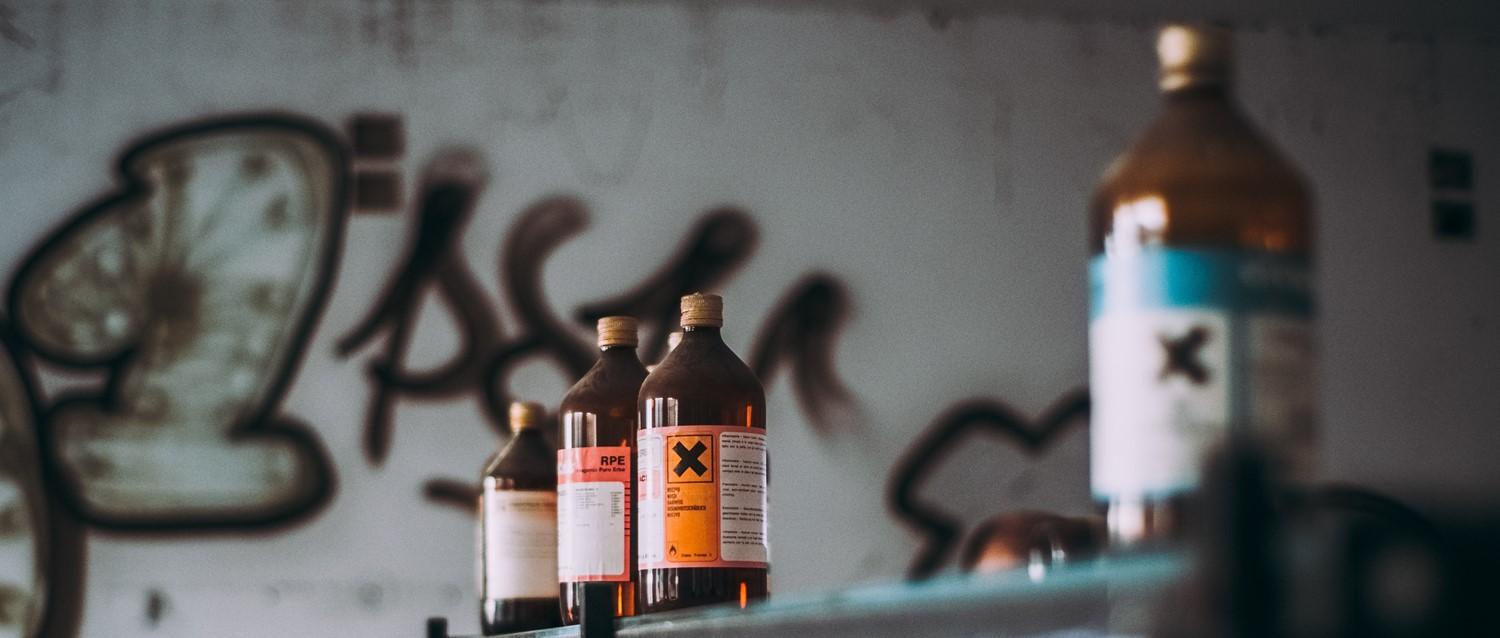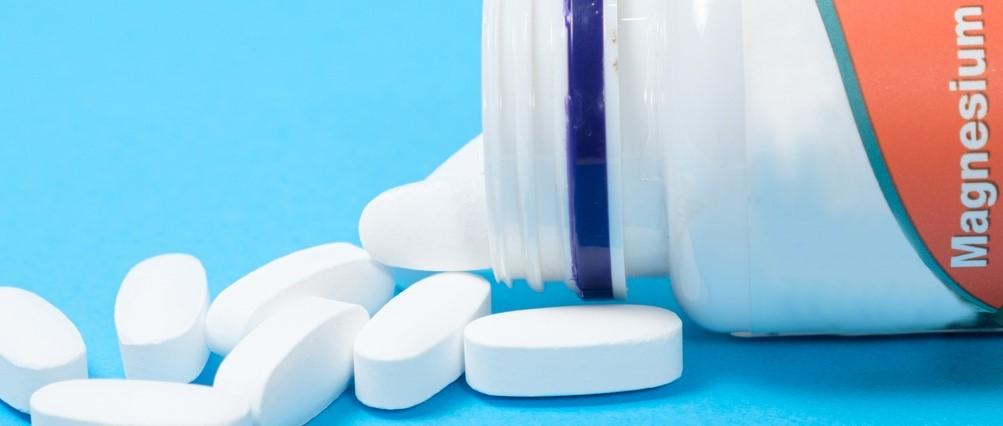
What is toxic masculinity and how does it affect men?
Peer reviewed by Dr Sarah Jarvis MBE, FRCGPLast updated by Amberley DavisLast updated 25 Nov 2021
Meets Patient’s editorial guidelines
- DownloadDownload
- Share
- Language
- Discussion
Toxic masculinity embodies a set of unhealthy standards that set out what it means to be masculine. These standards can encourage harmful behaviours and can negatively impact a man's life if he is conditioned or encouraged to subscribe to them.
In this article:
Continue reading below
What is toxic masculinity?
For decades, men have faced the cultural pressure to conform to an unhealthy and unrealistic archetypal image of what it means to be masculine. So-called 'toxic masculinity', also commonly known as 'traditional masculinity', can lead men to behaviours that can be harmful to both themselves and others.
The concept of toxic masculinity thrives by penalising behaviour which does not conform to its standard, as well as celebrating the behaviour which does. As this set of standards is prevalent throughout society, many men are conditioned to perpetuate the beliefs of toxic masculinity.
Even men who resist toxic gender roles will have experienced the pressure to conform at some point or another. Anyone who has heard the common expressions 'boys will be boys', 'boys don't cry', or 'take it like a man' has come face to face with toxic masculinity.
A few of the notions at the heart of toxic masculinity ideology include:
Toughness - men should be physically strong and emotionally stoic.
Dominance - men should be in positions of power, and this earns them respect.
Anti-femininity - men shouldn't possess traits that are traditionally considered to be feminine, such as asking for help or showing emotion.
These standards are not only unscientific but potentially dangerous. The idea that men have to hide their emotions and act tough can negatively impact the way that men treat others and can also harm their mental health.
Toxic masculinity examples
When men conform to traditional masculinity ideals, they adjust their behaviour to fit the stereotype of 'manliness'. Some of these behaviours are more harmful than others. They include:
Not displaying emotion.
Being physically or emotionally aggressive.
Not asking for help when needed.
Being sexually promiscuous, having a 'playboy' image.
Seeking dominance to the point that it harms others.
Taking risks.
Not engaging in activities traditionally viewed as feminine, like childrearing or housework.
Toxic masculinity can also encourage intolerance and mistreatment of specific groups:
Homophobia and championing heterosexuality as the only acceptable norm.
Sexism and not being a feminist ally.
According to domestic abuse charity Aurora New Dawn, violence and aggression in males are strongly connected to the need for men to fulfil masculine ideals. Research demonstrates the connection between domestic abuse cases and men who embody toxic masculinity norms.
Likewise, many studies suggest that there is a strong correlation between toxic masculinity and homophobic attitudes. Data have also identified low self-esteem as a prominent factor in men who perpetuate these beliefs of masculinity and sexual prejudice.
How does toxic masculinity affect males?
As harmful as these behaviours can be to others, men are also victims of toxic masculinity. Often it causes mental health issues, creates barriers, and influences poor or risky decisions.
Toxic masculinity and access to healthcare
One of the main toxic masculinity standards is that men should be always stoic. This means that men should be self-reliant and never ask for help. As a result, men are less likely than women to seek health advice and support from medical professionals.
A 2011 study found that men who subscribed the most to traditional notions of masculinity were less likely to seek medical advice. As a result, these men are less likely to receive diagnoses and treatments for a range of health conditions.
Sadly, in the worse-case scenarios a missed or late diagnosis of an otherwise curable condition could result in mortality.
Toxic masculinity and men's mental health
This also applies to seeking help for mental health problems. In fact, according to many studies men are even less likely to seek support for poor mental health.
There is also an expectation that men shouldn't be as 'emotional' as women. This can make asking for help for conditions such as depression and anxiety feel embarrassing or shaming, because of the tendency of toxic masculinity to ridicule those who don't conform. In addition, a man admitting that he is struggling mentally can be seen as a sign of weakness because men are supposed to act physically and mentally 'tough'.
Unfortunately, the idea that men shouldn't speak about their emotions makes men who subscribe to this more likely to experience isolation and loneliness. This may increase the risk of developing mental conditions such as depression. Research recognises that men who endorse the masculine norms of "self-reliance, playboy (ie desire to have multiple sexual partners) and violence" have a heightened risk of depression.
Research has also highlighted that men who follow the masculine norms of self-reliance and violence are more likely to consider suicide.
Toxic masculinity and dysfunctional sexual beliefs
There is evidence that men who are exposed to models of toxic masculinity are significantly more likely to have dysfunctional sexual beliefs. These can include:
Desire disorders - a lack of sexual desire.
Orgasm disorders - a delay or absence of orgasm.
Arousal disorders - an inability to become physically aroused.
Pain disorders - experiencing pain during sexual intercourse.
The fact that these men typically have lower levels of sexual inhibition may be because they are more likely to fear sexual 'performance failure'.
Other effects of toxic masculinity on men
There are many ways in which toxic masculinity can negatively impact a man's life, and some are more nuanced than others. However, several of the more obvious and clinically researched outcomes include:
Being less likely to complete higher education courses.
Participating in acts of violence, which can result in injury and prison.
Experiencing relationship issues with a partner.
Participating in risky activities that may have dangerous outcomes.
Having unhealthy relationships, where emotional openness is not highly valued.
Having a shorter life expectancy (estimated to be 4.9 years shorter than women's on average).
Continue reading below
What are examples of positive masculinity?
Positive masculinity stands in direct contrast to toxic masculinity. It may be defined as an ideology through which men can champion healthy behaviours.
In recent years, interest in teaching positive masculinity as a set of behaviours has grown. In 2019, the APA created 10 guidelines that address the negative impacts of toxic/traditional masculinity, and make suggestions on how to steer men toward healthy behaviour.
There are many examples of healthy behaviour that embodies the beliefs of positive masculinity. These include:
Asking for help when it's needed.
Showing vulnerability.
Expressing and being able to talk about a wide range of emotions.
Developing healthy relationship skills, including asking for consent, active listening, support and open communication.
Feeling comfortable in emotionally nurturing roles.
Calling out aggressive behaviour.
Patient picks for Anxiety

Mental health
Can magnesium help with anxiety?
TikTok is full of claims over the health benefits of magnesium, including that it can help relieve anxiety - something many of us struggle with, especially around Christmas. As anxiety is so common, it's understandable that people turn to different methods to deal with it. But are the claims made on social media backed by science?
by Lydia Smith

Mental health
How to manage social anxiety during Christmas gatherings
Christmas can be a stressful time. There's often a lot of rushing around and social events to prepare for, as well as high expectations. If you have social anxiety, the festive season can bring additional challenges. However, it is possible to manage your anxiety so you can still enjoy Christmas in a way that feels better for you.
by Victoria Raw
Article history
The information on this page is peer reviewed by qualified clinicians.
25 Nov 2021 | Latest version
25 Nov 2021 | Originally published

Ask, share, connect.
Browse discussions, ask questions, and share experiences across hundreds of health topics.

Feeling unwell?
Assess your symptoms online for free
Sign up to the Patient newsletter
Your weekly dose of clear, trustworthy health advice - written to help you feel informed, confident and in control.
By subscribing you accept our Privacy Policy. You can unsubscribe at any time. We never sell your data.